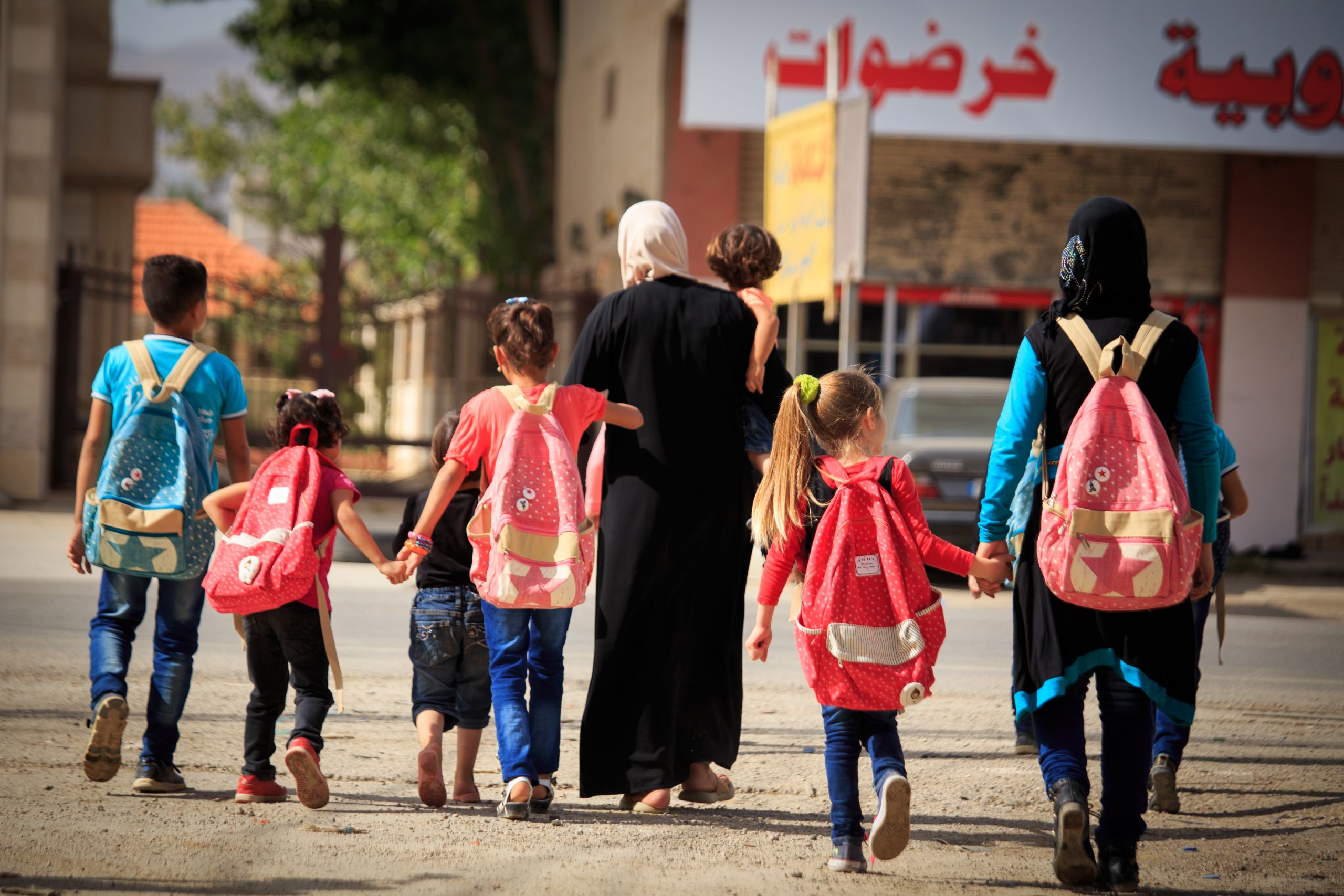Fears and Dreams
of Syria's children and their peers around the world

Eight years of violence has left its mark on Syria’s children. For many, the conflict has now been going on for longer than they've been alive, and they continue to pay the price of this brutal, adult war. Countless numbers have done so with their lives.
For those who manage to flee the violence, safety is not guaranteed outside Syria’s borders.

Beyond Syria, children are being forced to trade their childhoods for jobs to pay basic household living expenses. Young girls are married early because their families can’t provide for them and fear they can’t keep them safe.
World Vision has worked with Syrian children since the war began. We believe that it is vital to consult children and young people on issues which affect them. That’s why in early 2019 World Vision conducted focus group discussions with Syrian refugee children in Jordan and Lebanon in order to better understand their fears and dreams, where they felt safe, and what they felt the world needed to do for Syria.
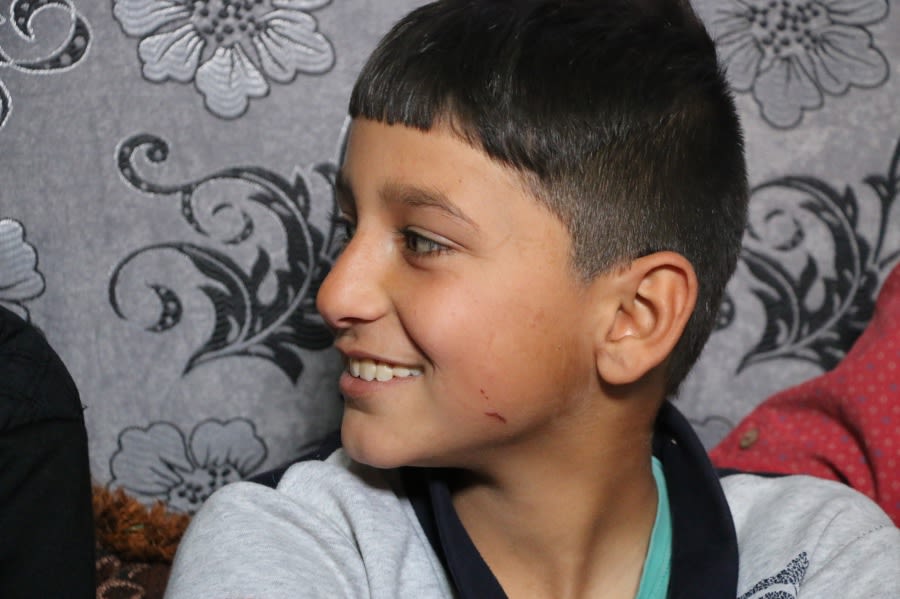
"I dream of going back to Syria, and of becoming a doctor there by continuing my education, I hope that Syria will be fine." -Raed, 11
"I dream of going back to Syria, and of becoming a doctor there by continuing my education, I hope that Syria will be fine." -Raed, 11
We also spoke with children in relatively safe countries. In speaking to Syrian children and their peers in peaceful countries, we found many childhood commonalities and a heart-warming amount of empathy. All children have fears and dreams. But as one might expect, the most startling contrast was that Syria’s children live in almost constant fear of violence and have been thrust into adulthood much too quickly.
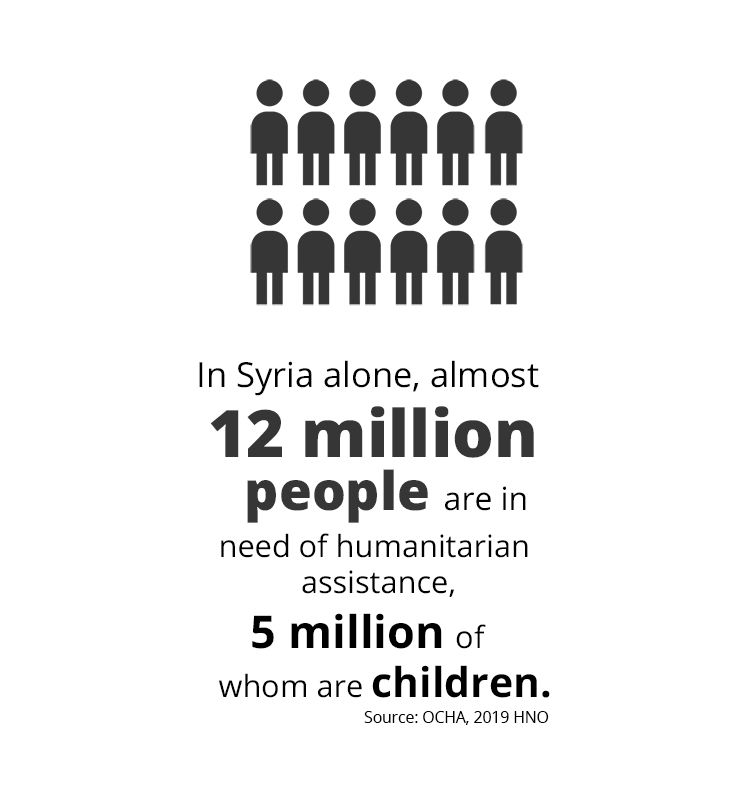
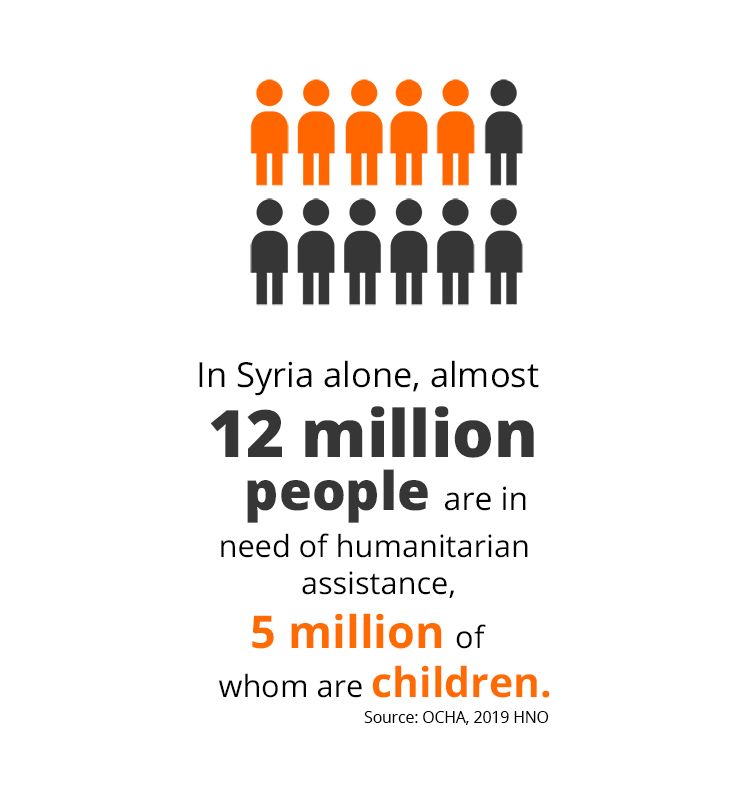
Habiba
10, Syrian
"I dream that Syria will go back to how it was before the war and even better than that."
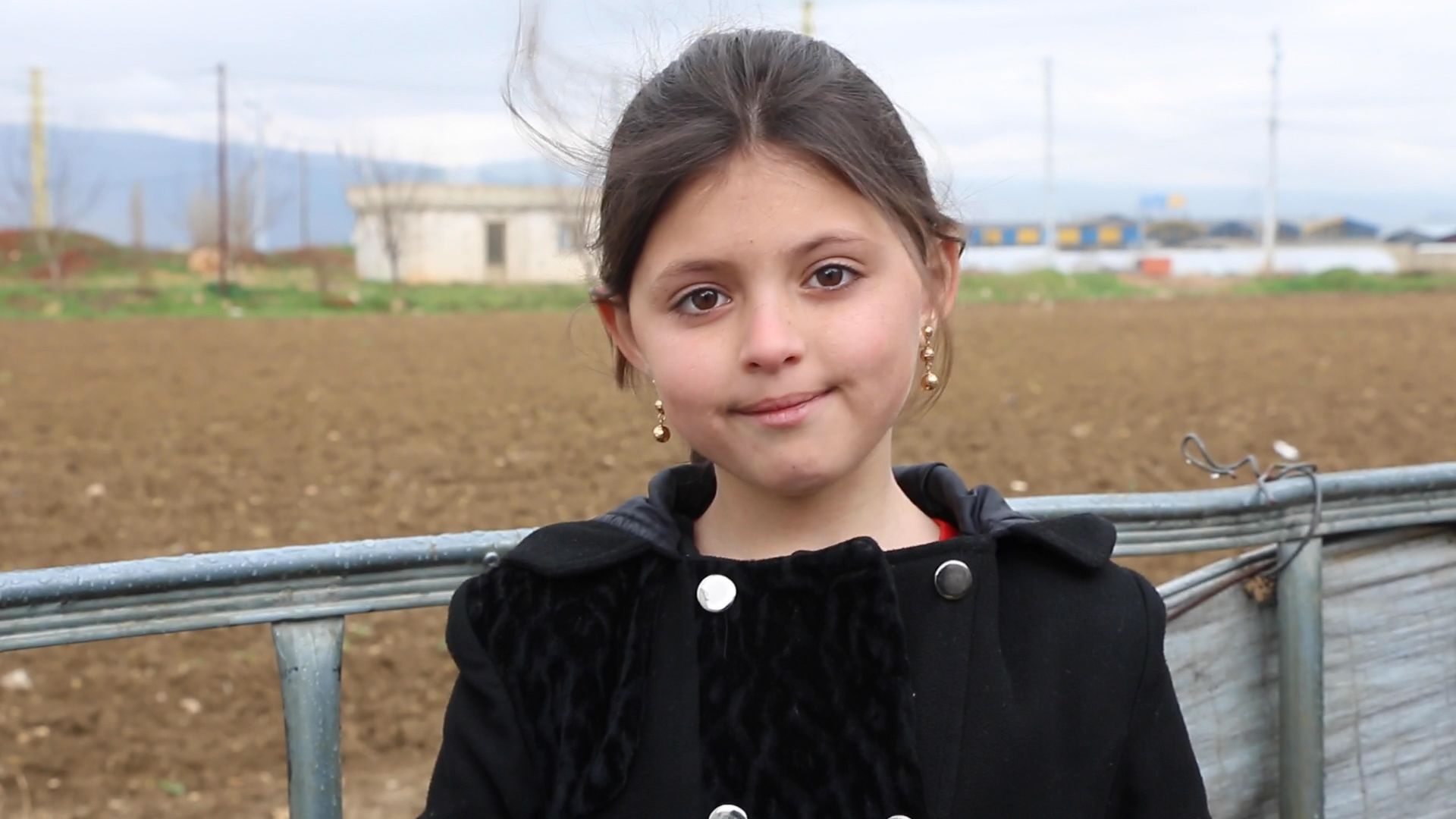
Habiba and her siblings fled Syria for Lebanon several years ago, and have been living in an informal settlement in Bekaa Valley since. Like many of the other Syrian refugee children we spoke to, she’s scared at the prospect of returning to Syria, or something happening to her family.
Like many of the children we spoke to, 19% of Syrian children told us they fear losing family members. However, for many Syrian children the fear is much more imminent than for their peers living in peaceful countries.
“I am scared to go back to Syria, because what if a bomb fell on us? What if my younger siblings, Hammoudi for example, went somewhere to play while I’m not paying attention, and a bomb hits him? God forbid.”
Although just 10-years-old herself, Habiba takes care of her siblings and watches over them to make sure they’re staying safe in the informal settlement.
"I dream of becoming a teacher. I would like to teach Arabic, and math for the fourth grade. I will never yell at my students. I will help them feel safe with me and explain to them that I love them back, and that I want them to become teachers and doctors."
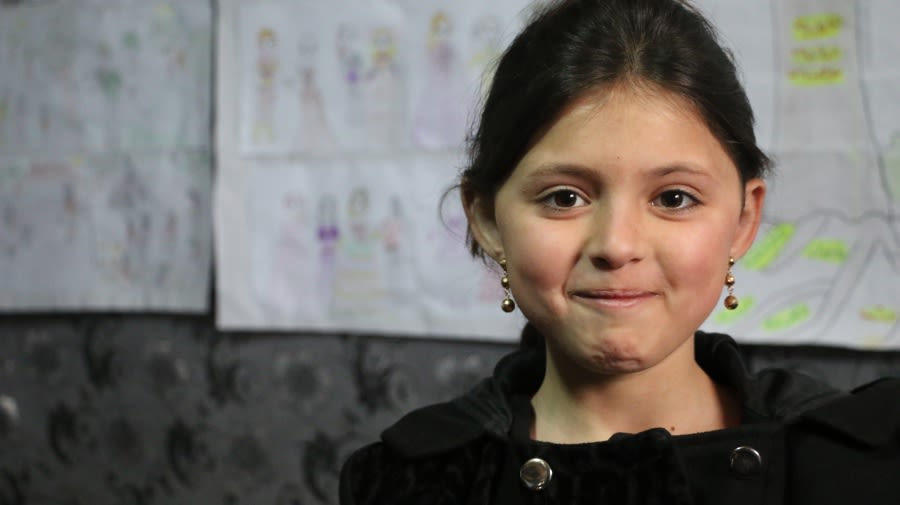
Jamil
15, Syrian
"My biggest fear is to return back to Syria."
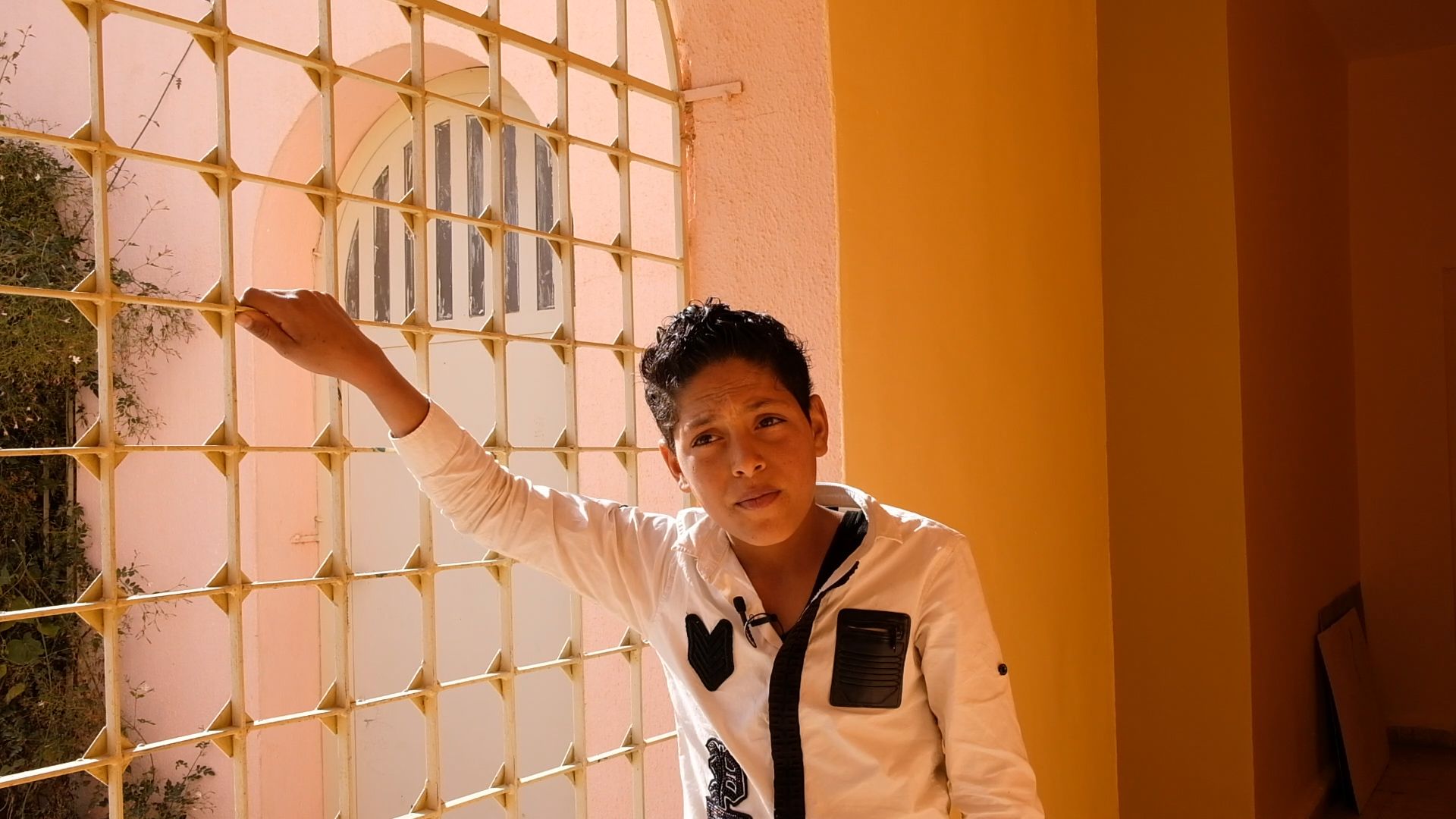
15-year-old Jamil is one of almost 700,000 Syrians who've sought refuge in Jordan. Like many Syrian families, he and his family live in a town instead of a refugee camp, but struggle to make ends meet. More than 70 per cent of refugee families in Jordan and Lebanon are living below the poverty line. Many Syrian children are forced to trade their childhoods for jobs to help pay basic household living expenses, and can struggle to get to school.
Jamil is focussed on making sure that he continues his education, and dreams of becoming a doctor one day. However, he's still haunted by memories of the war-torn Syria he left behind.
42% Syrian children we spoke to fear war and violence. Many of their other fears, like darkness or the sounds of planes flying overhead, can also be tied to the conflict.
Having lived through the conflict, Syrian children have understandable anxiety at the thought of going home, whether in the near future or ever.
"My biggest fear is to return back to Syria, to get back to Syria while the war is still active. I hope that Syria becomes the same place it used to be."
Children are aware of the conversations happening around them as families consider returning home, and many are fearful of what might happen if something that has seemed like a far-off possibility for much of their childhoods suddenly becomes a reality.
Although they wish for a peaceful and prosperous future for their country, they have trouble imagining this in the near future.
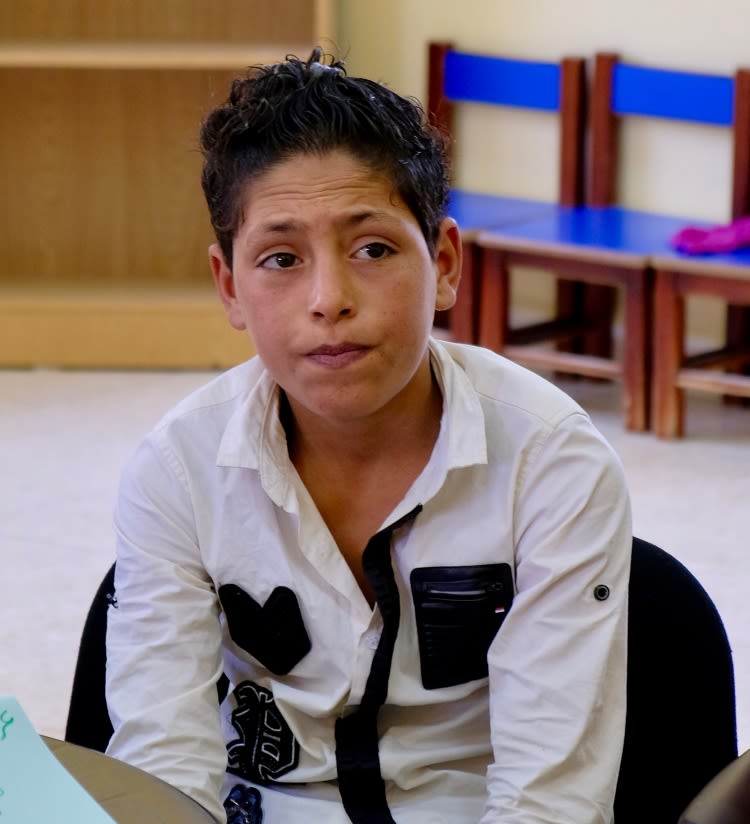
Abla
16, Syrian
“There is physiological harm to living in Syria.”

Abla, 16, fled Jordan in 2013 when she was in fourth grade. She's strongly attracted to issues of social justice and longs to give back to her community. She'd like to work as a lawyer to prevent the early marriages she sees around her. Child marriage has been a major issue throughout the Syria crisis, as families struggle to provide for their children and keep them safe. Abla also wants to work with the most vulnerable - orphans, the elderly, and those with special needs.
83% of Syrian children we spoke to dream of securing certain professions.
They are very conscious of just how important continuing their education will be to acheiving those dreams. Sadly, almost 3 million children are currently out of school due to the conflict, whether still in Syria or living in host countries.
Both Abla and Batoul dream of brighter futures where they can achieve their dreams and help others. But they worry their dreams may be out of reach.
Both Abla and Batoul dream of brighter futures where they can achieve their dreams and help others. But they worry their dreams may be out of reach.
15-year-old Batoul lives down the road from Abla in Jordan and although she's a year behind at school the girls are good friends who visit each other frequently. Batoul and her family fled Syria in 2014, and she likes to draw. In her art she can sketch out her dreams, regardless of what's going on around her or the stories she hears from back home.
“My greatest fear is that more bad things happen to our country Syria. Things we would have thought weren’t possible to happen, have happened, and the bad things can always become even worse. I greatly fear for the innocent children that had nothing to do with everything that happened.”
Batoul hopes to one day combine her love for drawing with that for dresses and tailoring. She dreams of one day meeting Elie Saab in his fashion studio and becoming a designer in her own right.
Aside from their own futures, children are also hopeful for that of Syria. They dream that the conflict will end soon and that Syria will be peaceful and prosperous again. Many of the children World Vision spoke to told us about their hopes to have a part in building Syria’s future.
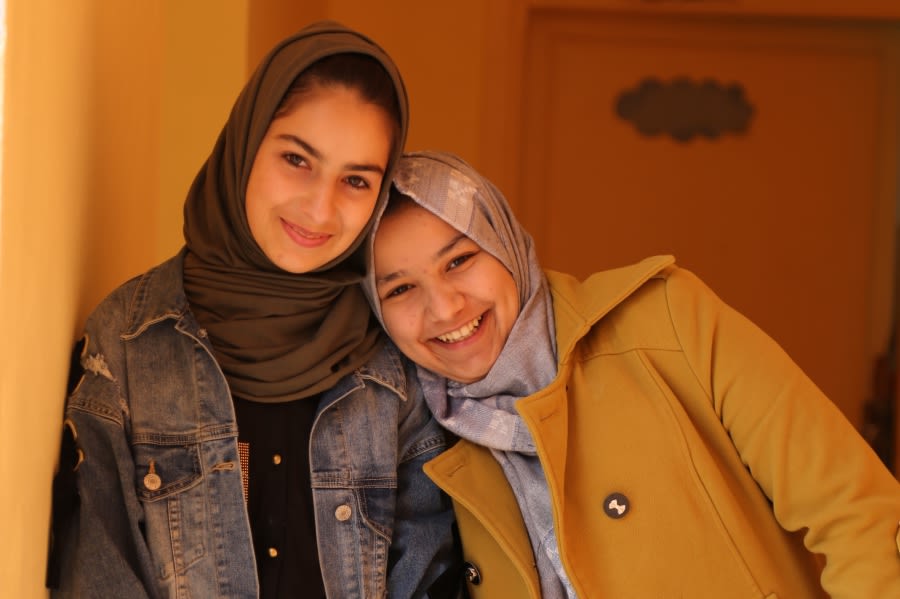
"If we all unite, we can make Syria safe.”
"If we all unite, we can make Syria safe.”
"I dream of becoming a doctor and having my own clinic in Syria. I can achieve this dream through education."
Khawla, 12
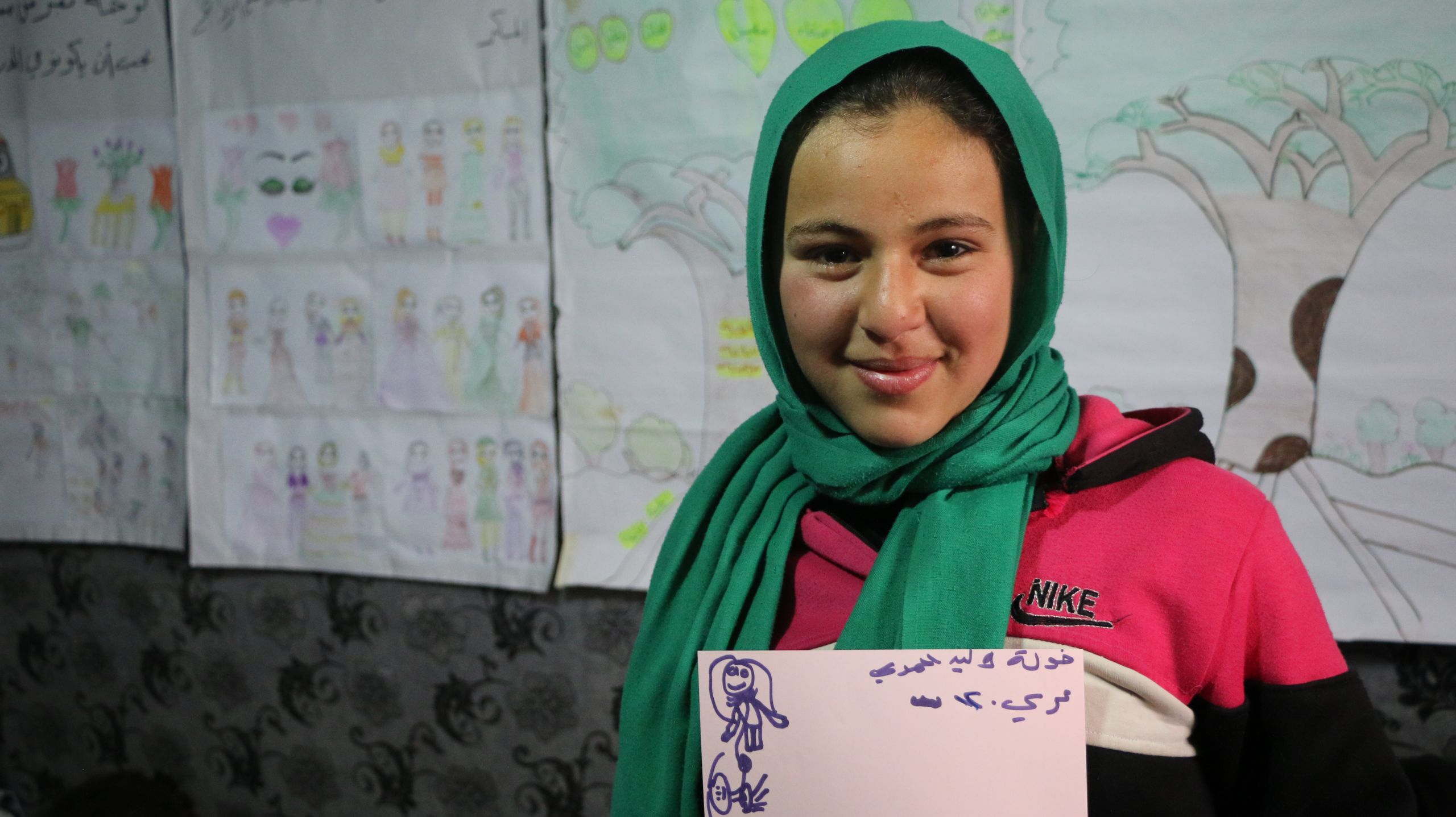
OUR WORK, OUR HOPE
World Vision’s Syria Response is offering children psychosocial support and providing them with remedial education, life-skills and safe places to play.
Our hope is that these activities will help them through their experiences, educate them about their rights and how to protect themselves and to resolve social conflicts peacefully.
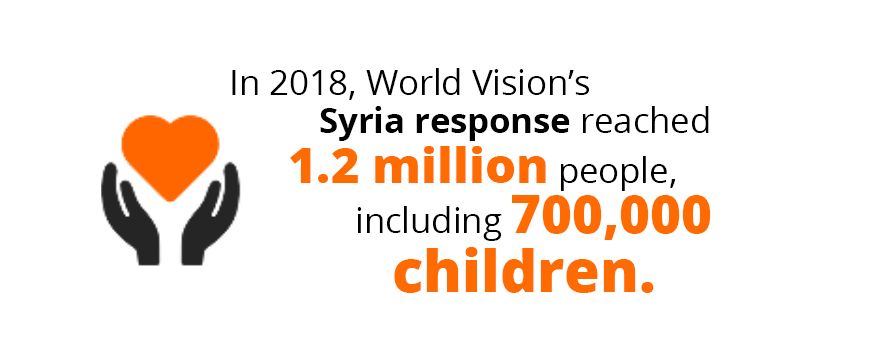
We are engaging teachers to promote a protective environment for children at school, training parents and caregivers in Positive Discipline and establishing Community Based Child Protection Committees to recognise and refer all cases of violence including physical, emotional and sexual abuse, child labour and early marriage. Our staff are also trained to identify child protection violations.
Internationally we are advocating for donors to commit to funding to meet children's basic needs like education and psychosocial care, for children and their families to be protected from forced returns, and for the international community to support reconstruction efforts when the time is right. In particular, the United Nations Security Council should use all of the diplomatic tools at its disposal to stop the atrocities and protect children and their families.
It takes a world to end violence against children
